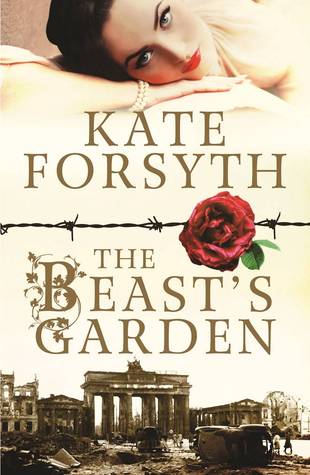The Beast’s Garden
Since the death of her mother, Ava Falkenhorst, singer and daughter of an eminent psychiatrist, has been raised alongside her Jewish friend, Rupert Feidler. Prior to the rise of the Nazis, their relationship is not a problem. But one violent night in November 1938 changes everything. Rupert’s home is ransacked, his parents unable to repair the damages made by Hitler’s Brownshirts.
Despite the regulations, Ava and her father insist on helping their Jewish friends. Their actions do not escape the notice of Leo von Lowenstein, a handsome, aristocratic military intelligence officer serving in the Abwehr. When Leo contrives a musical engagement for Ava, she cannot deny her attraction to him. She swears never to fall in love with a Nazi officer.
Kate Forsyth’s latest novel is inspired by a variant of the well-known fairy tale “Beauty and the Beast.” In keeping with her other ‘fairy tale’ novels, there are links between the fantastical and the psychological. However, The Beast’s Garden is more in keeping with the tone of The Wild Girl than her more mystical Bitter Greens.
Through shifting third-person points-of-view, we meet the various groups targeted by the Nazis and the resistance movement that formed in response. Apart from the Falkenhorst and Feidler families, Forsyth’s characters are mainly historical. The novel’s triumph is a growing sense of horror as each character grapples with a response to evil incarnate.
At times, the large cast of historical characters detracts from the depth of its protagonists. The author also has a tendency to finish each scene by telling us what she had already shown us so beautifully. But these are quibbles. The Beast’s Garden is a compelling novel that gives its readers real insight into the German resistance movement. I can’t wait to read Forsyth’s next ‘fairy tale’ novel.










